Spent the last week or so attempting to scratchbuild the Wheelerville station. I do have a couple of views that show the south and east walls, but the configuration of the other sides of the building are a complete mystery, and are educated guesses on the model.
I made the assumption that one batten and one board on the real station probably measure close to one foot. I used that guestimate to count boards and battens to arrive at a rough approximation of the overall dimensions, which worked out to 43′ x 16′. I used a wall height of 13′, arrived at by comparing plans of similar stations in the Model Railroader digital archive. I did fudge the long dimension a foot or two so that the operator’s bay would fit between the battens evenly, and to accommodate the dimensions of the Tichy windows I planned to use. The bay dimensions and the angles of the bay walls were also guestimated by what looked right, the Tichy window dimensions, and measurements of similar depots in the MR archive.
Front view:
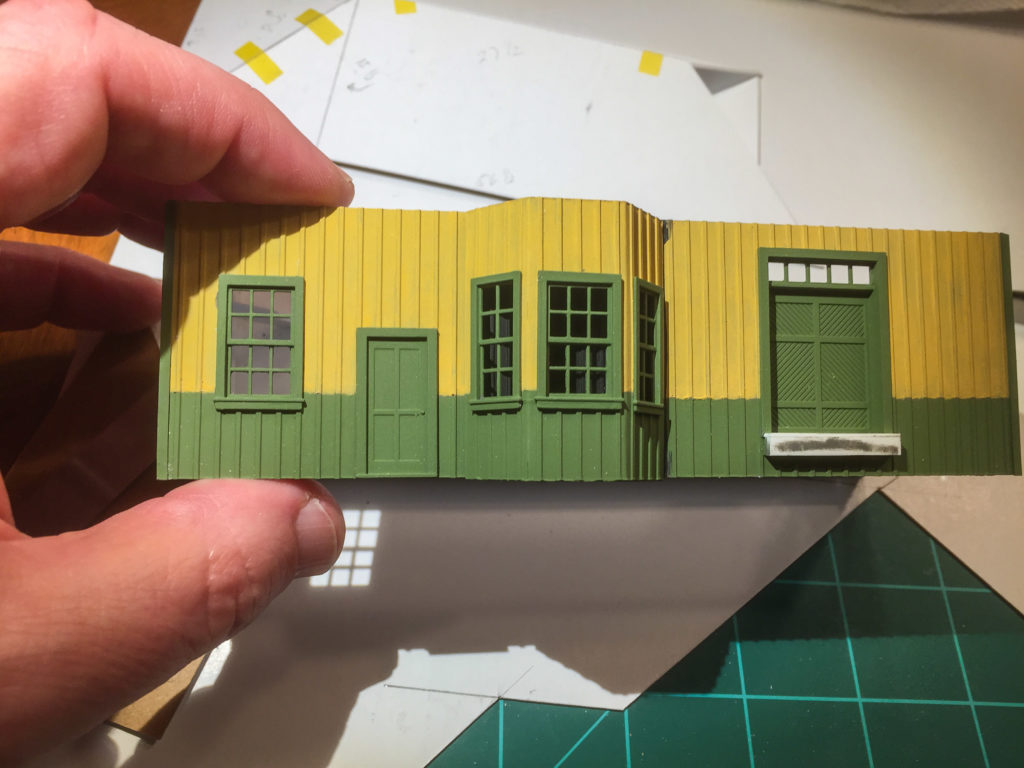
Rear view:
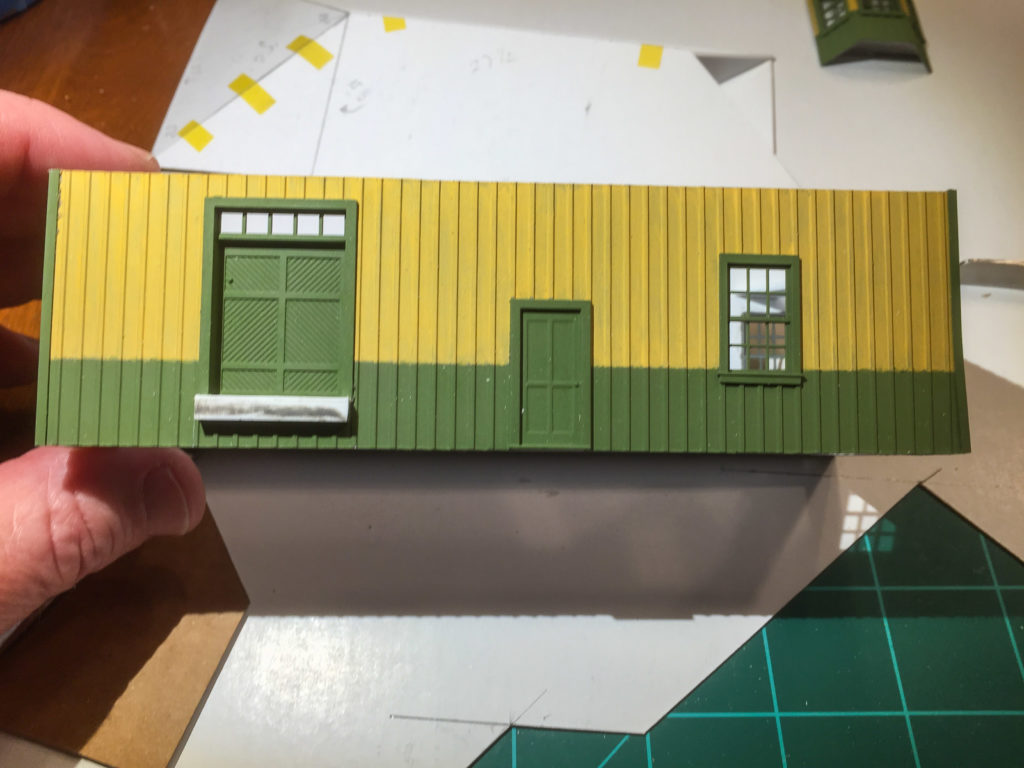
Side view:
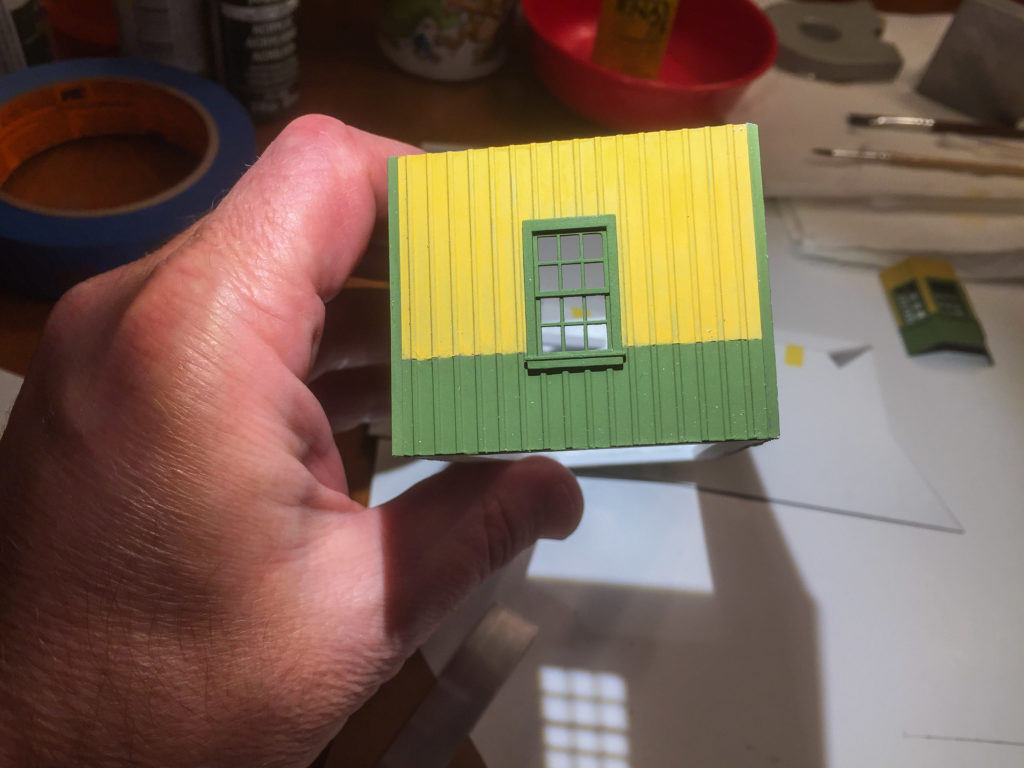
The hip roof is the trickiest part. I referred to a John Nerich article on building hip roofs in the May 2014 RMC, and I also corresponded with John via Facebook on some of the nuances of construction, particularly regarding the appropriate amount of overhang, which could vary from about 5′ up to 7′ on some stations. The overhang I will end up with will be around 5-6′. The next tricky part will be trimming the bay walls to fit the slope of the overhanging roof. I had to brush up on my high school trigonometry to work out some of the dimensions, and in the end I did simply resort to a little trial-and-error cutting and fitting of the cardboard roof mock-up.
Here is the mocked-up roof compared with the real station:
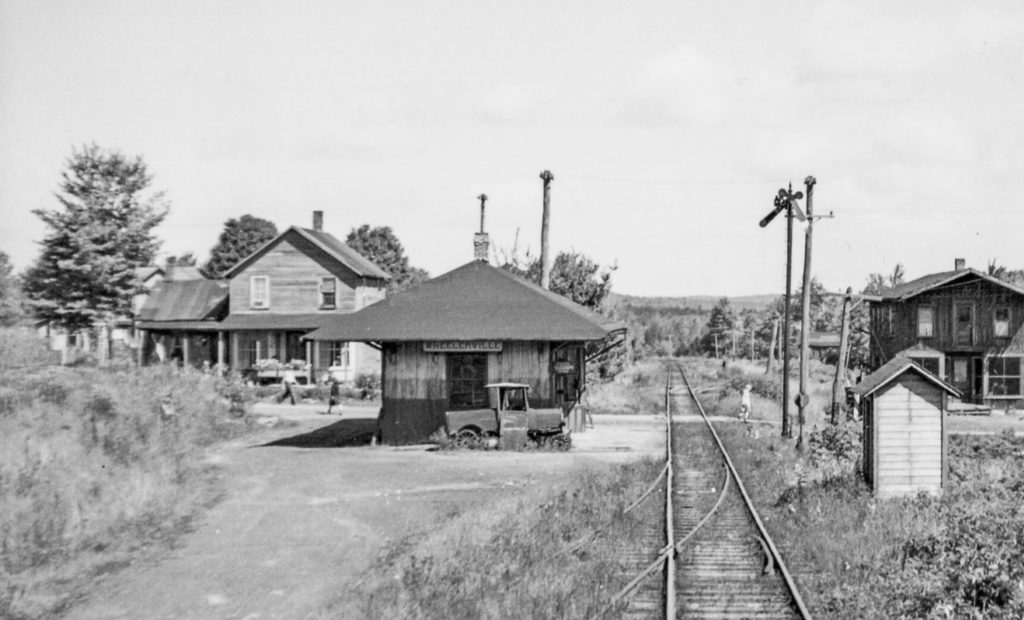

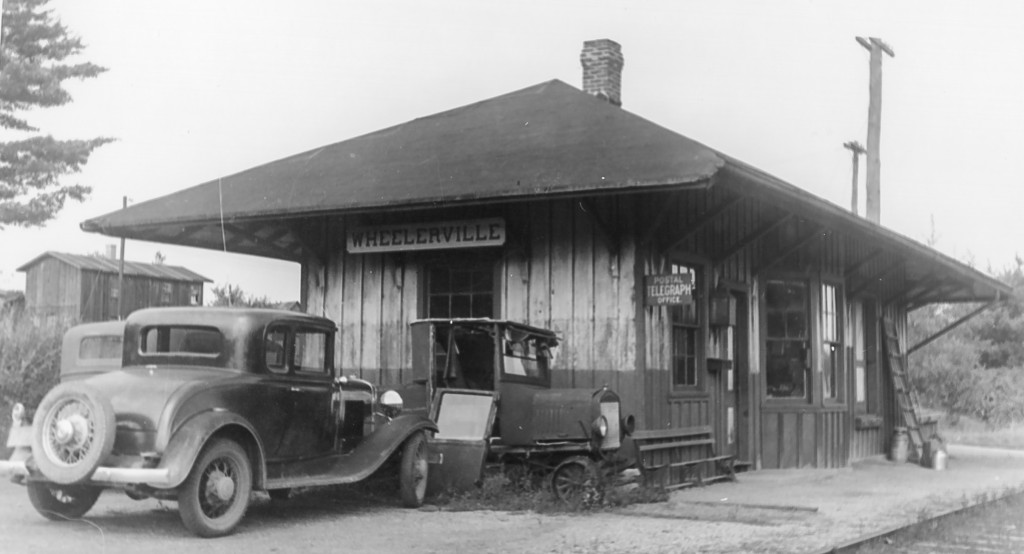
Bill Caloroso – Cal’s Classics
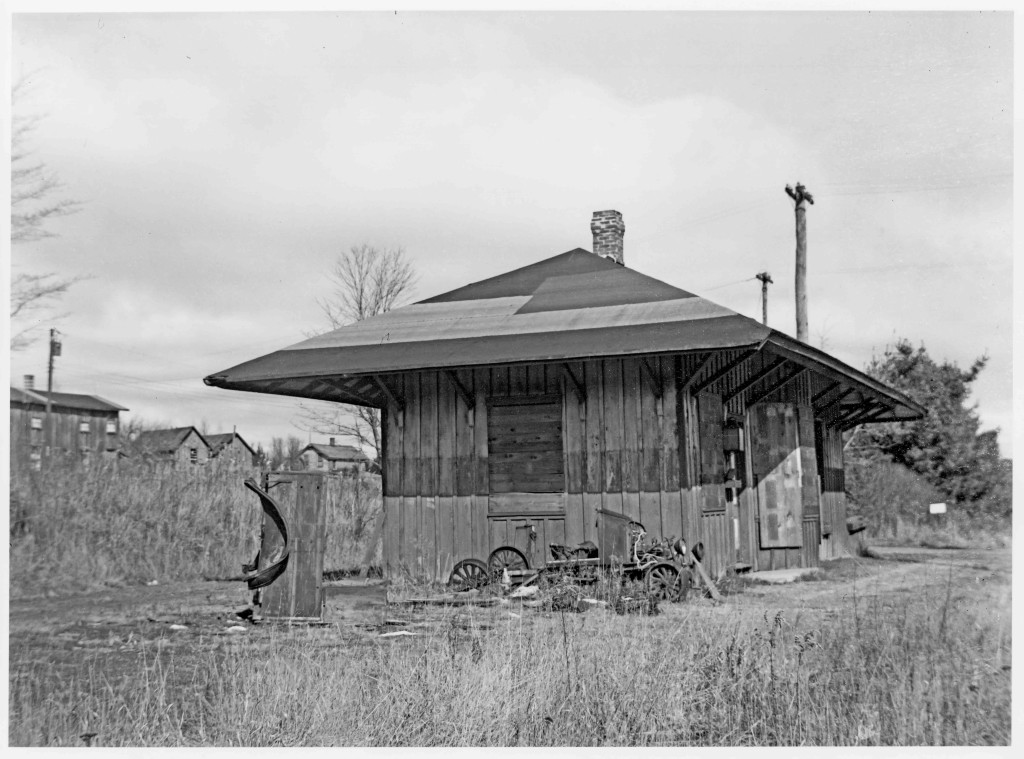
Author’s Collection
At first I thought the real station had a more squat appearance than the model, but the more I look at it, I think it will be “close enough” once the roof supports, foundation, and a few other details are added.
To be continued…







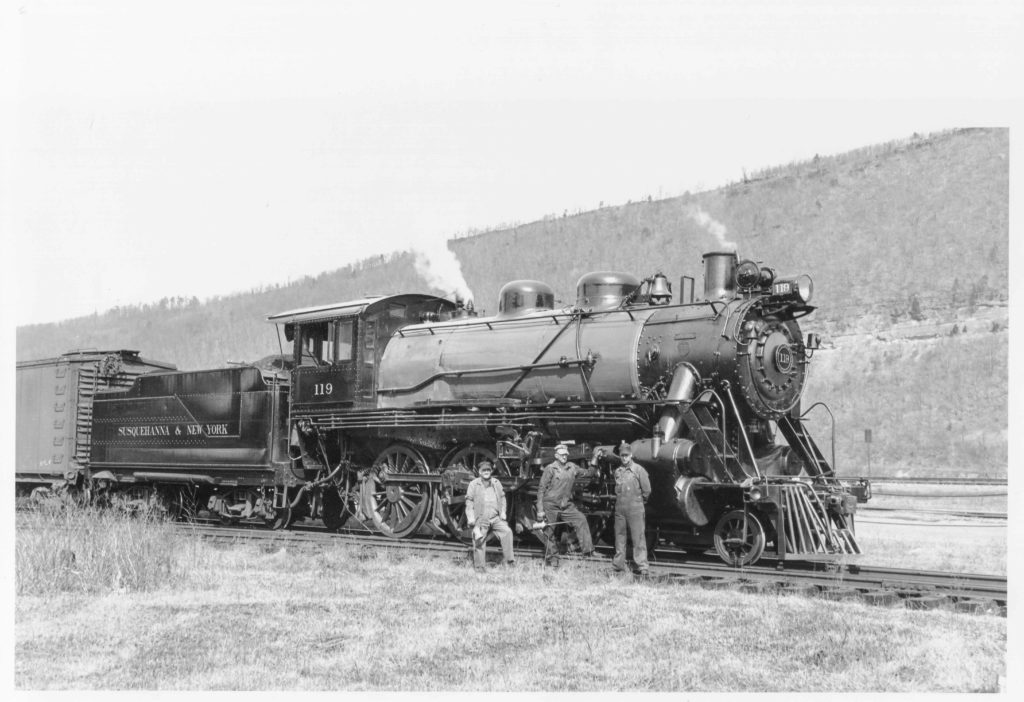
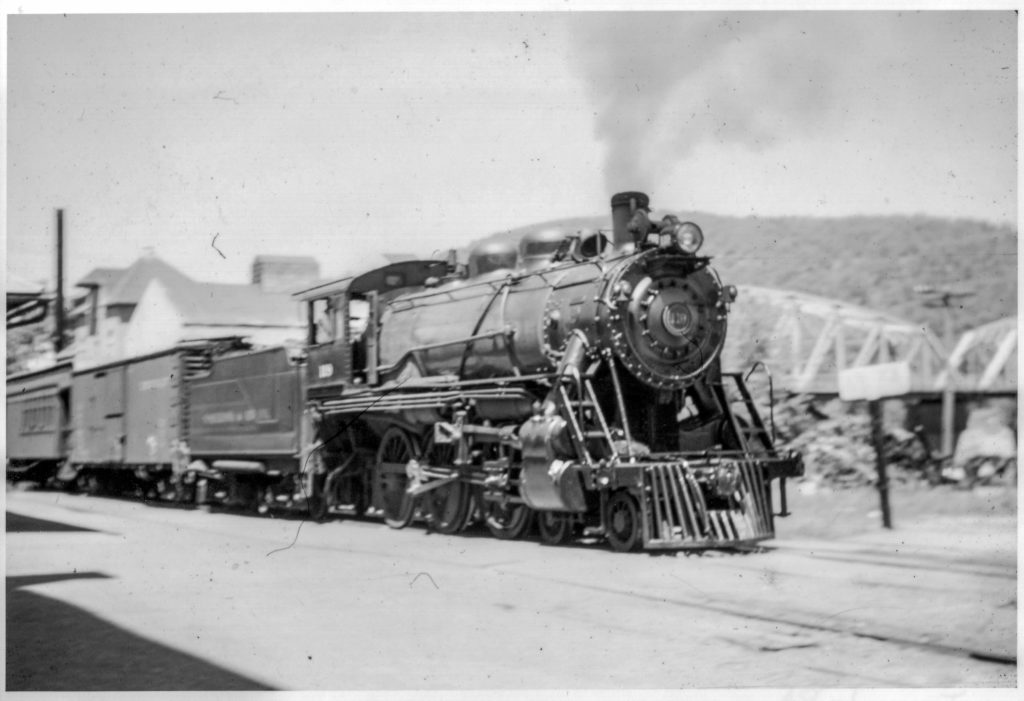
Recent Comments